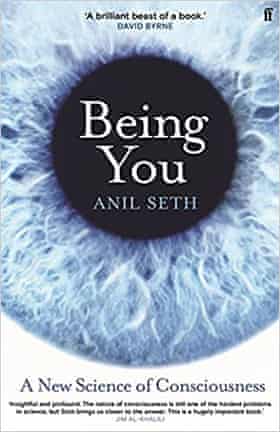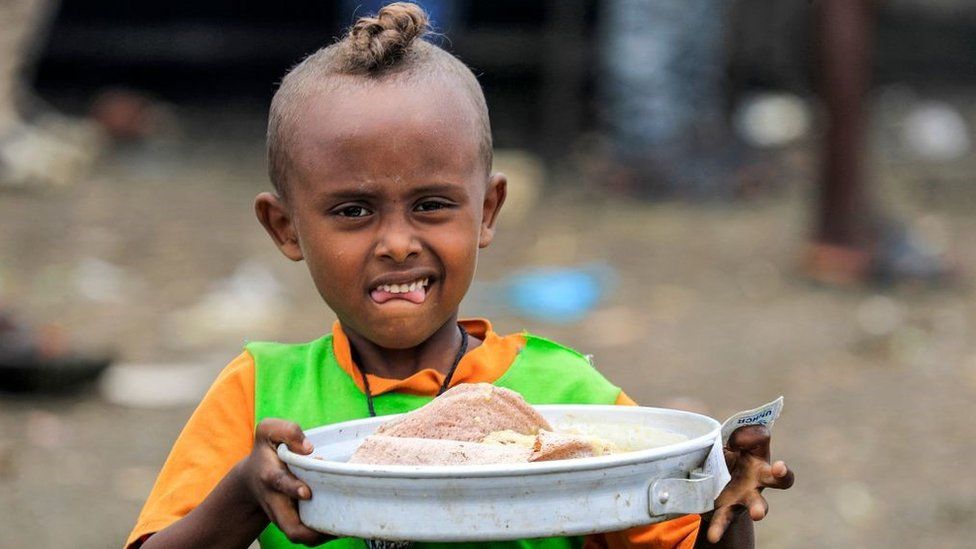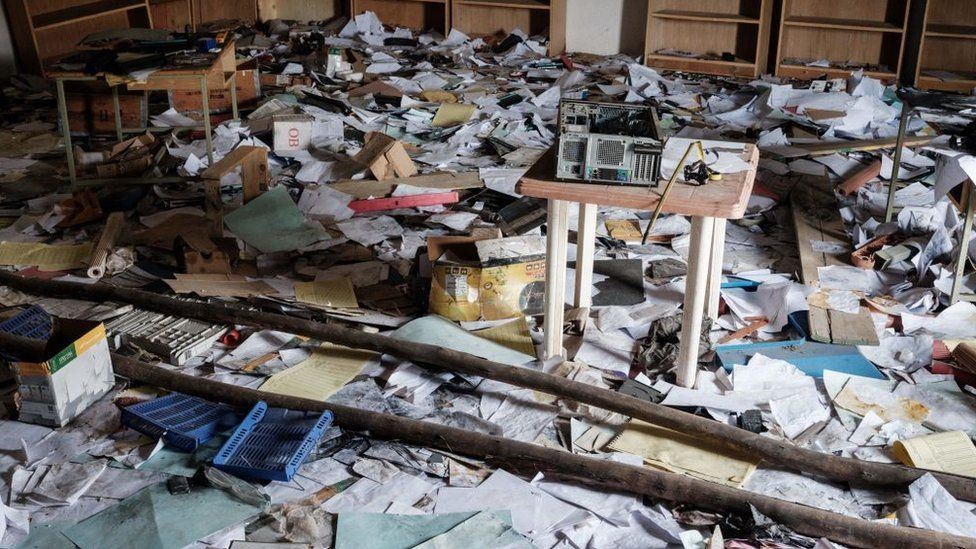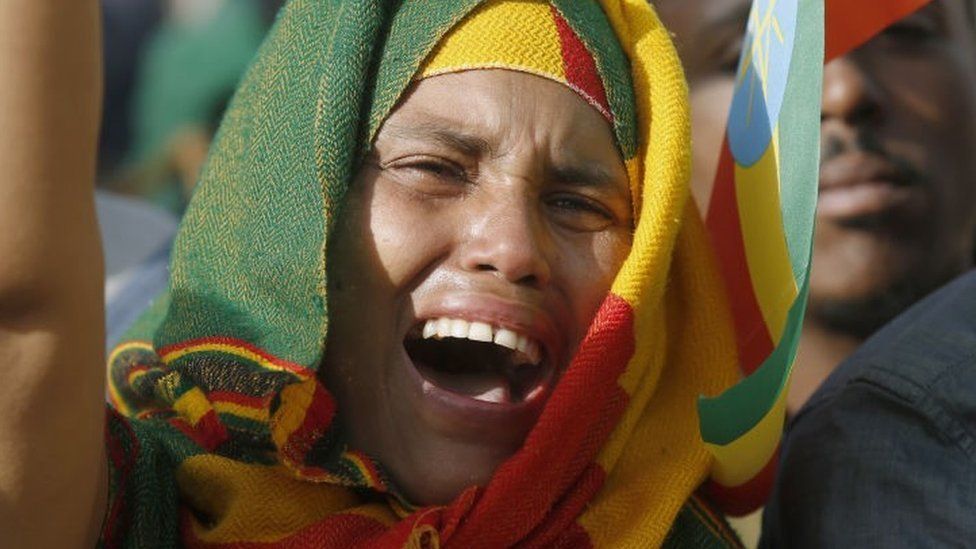Our world and the self are constructions of the brain, a pioneering neuroscientist argues

Gaia Vince
Wed 25 Aug 2021
For every stoner who has been overcome with profound insight and drawled, “Reality is a construct, maaan,” here is the astonishing affirmation. Reality – or, at least, our perception of it – is a “controlled hallucination”, according to the neuroscientist Anil Seth. Everything we see, hear and perceive around us, our whole beautiful world, is a big lie created by our deceptive brains, like a forever version of The Truman Show, to placate us into living our lives.
Our minds invent for us a universe of colours, sounds, shapes and feelings through which we interact with our world and relate to each other, Seth argues. We even invent ourselves. Our reality, then, is an illusion, and understanding this involves tackling the thorny issue of consciousness: what it means to, well, be.

Consciousness has long been the preserve of philosophers and priests, poets and artists; now neuroscientists are investigating the mysterious quality and trying to answer the hard question of how consciousness arises in the first place. If this all sounds a bit hard going, it’s actually not at all in the masterly hands of Seth, who deftly weaves the philosophical, biological and personal with a lucid clarity and coherence that is thrilling to read.
Consciousness, which Seth defines as “any kind of subjective experience whatsoever”, is central to our being and identity as animate sentient creatures. What does it mean for you to be you, as opposed to being a stone or a bat? And how does this feeling of being you emerge from the squishy conglomeration of cells we keep in our skulls? Science has shied away from these sorts of intrinsically experiential questions, partly because it’s not obvious how science’s tools could explore them. Scientists are fond of pursuing “objective” truths and realities, not probing the perspectival realms of subjectivity to seek the truth of nostalgia, joy or the perfect blueness of an Yves Klein canvas. Also, it’s hard. Seth might use other words, but essentially, he is exploring the science of people’s souls – a daunting task.

All of this, of course, makes consciousness one of the most exciting scientific frontiers, and nobody is better placed to guide us there. Seth has been researching the cognitive basis of consciousness for more than two decades and is an established leader in the field. He has pioneered new ways of analysing the inscrutable and measuring the incalculable in his quest to deduce the constituents of our feelings down to their atomic basis. This much-anticipated book lays out his radical theory of our invented reality with accessible and compelling writing.
We take for granted the idea that we journey through life, inhabiting a world that’s really out there, as the starring character in our own biopic. But this hallucination is generated by our minds, Seth explains. The brain is a “prediction machine” that is constantly generating best-guess causes of its sensory inputs. The mind generates our “reality” based on the predictions it makes from visual, auditory and other sensory information, and then constantly verifies and modulates it through sensory information updates. “Perception happens through a continual process of prediction error minimisation,” he writes.
These perceptual expectations shape our conscious experience. When we agree with each other about our hallucinations we call it “reality”; when we don’t we’re described as “delusional”.
Sometimes these disagreements can help us to peek past what William Blake called the “doors of perception”. One of these discombobulating events that you may have experienced was #TheDress: an overexposed photo posted on social media in 2015, in which a striped dress looked blue and black to some people, and white and gold to others. The version that people saw depended on whether their brain had taken into account an adjustment for ambient lighting when generating their reality. People who spent more time indoors were more likely to see the dress as blue and black, because their prediction machine was primed to factor in yellowish lighting when preparing the hallucination. Those who spend more time outside have brains primed to adjust for the bluer spectrum of sunlight.
The dress phenomenon, Seth argues, is “compelling evidence that our perceptual experiences of the world are internal constructions, shaped by the idiosyncrasies of our personal biology and history”. In objective, non-hallucinated reality, though, the dress doesn’t have physical properties of blueness, blackness, whiteness or goldness. Colour is not a physical property of things in the way that mass is. Rather, objects have particular ways that they reflect light that our brains include in their complex Technicolor production of “reality”.
“We perceive the world not as it is, but as it is useful to us,” Seth writes. In other words, we evolved this generated reality because operating through our hallucinated world improves our survival, by helping us avoid danger and recognise food, for example.
This is still an emerging science and Seth is generous to his fellow navigators, including those with competing theories, as he gently and persuasively walks us through the optical illusions, magic tricks and fascinating experiments that build his case.
We are, his research shows, much more likely to perceive things we expect. In a study in which people were shown brief flashes of different images in their left and right eyes, hearing a cue for an image meant they were much more likely to “see” that image yet be unconscious of the competing image shown to the other eye. Sometimes, our hallucinated world is wildly out of sync with everyone else’s – we lose our grip on reality. “What we call a ‘hallucination’ is what happens when perceptual priors are unusually strong, overwhelming the sensory data so that the brain’s grip on their causes in the world starts to slide.”
Seth has experimented with shifting his own reality – he describes using virtual reality headsets and taking LSD. I learn to my surprise that hallucinogens really do take you to a higher level of consciousness – your amount of consciousness can now be measured independently from wakefulness. This has had life-changing consequences, Seth explains, enabling “locked-in” patients to be recognised as conscious, despite their apparently inert state.
I learn to my surprise that hallucinogens really do take you to a higher level of consciousness
What then is the ground zero of consciousness in a living being – or indeed, an artificial one? At its most fundamental, it’s an awareness of self, knowing where you end and the rest of the world’s matter begins, and Seth explores a diversity of self-perception from parrots to octopuses – whose suckers attach to almost everything but their own skin, because they can taste themselves. He interrogates self-knowledge from inside out, dismantling the idea that our emotions produce bodily expressions, such as tears. Instead, Seth argues, our emotions are a response to the mind’s perception of our bodily reactions: we are sad because we perceive ourselves to be crying. Likewise, we are fearful because we perceive our heart is beating faster – a survival mechanism to ready us to respond to a threat picked up by the visual cortex, for instance. Our feelings, even much of our experience of free will, are also hallucinations issued by the mind to control ourselves.
Consciousness: Eight questions science must answer
Anil Seth
The self, then, is another perception, a controlled hallucination built up from an assemblage of perceptual best-guesses, prior beliefs and memories. Seth writes movingly of his mother’s episodes of hospital-induced delirium and delusions, and recounts the story of a talented musicologist who suffered catastrophic memory loss. The loss of memory, Seth explains, disrupted the continuity of his self perception – his “narrative self” – eroding his personal identity.
We perceive ourselves to control ourselves, is Seth’s often counterintuitive but nevertheless convincing argument in this meticulously researched book. However, we are just as importantly the perception of others. Seth mentions just briefly that we modulate our behaviour in response to our perceptions of what others may be thinking about us, but the social context of our “self” is far more important than that. We are to a great extent the invention of others’ minds.
Being you, after all, is not just about the sentience you experience, but also the youness of you. By the time my beloved grandfather died of a stroke in 2012, I’d already grieved for him for two years. Dementia had taken a smart, funny, gentle man and left us with a stranger, who lashed out or spoke inappropriately and unkindly. He was clearly somebody – he was fully conscious – but he was not himself. It is we who, bereft of his advice and conversation, knew who we’d lost – and with it, something of ourselves.
That said, Being You is an exhilarating book: a vast-ranging, phenomenal achievement that will undoubtedly become a seminal text.
Gaia Vince is the author of Transcendence: How Humans Evolved Through Fire, Language, Beauty and Time (Allen Lane)











